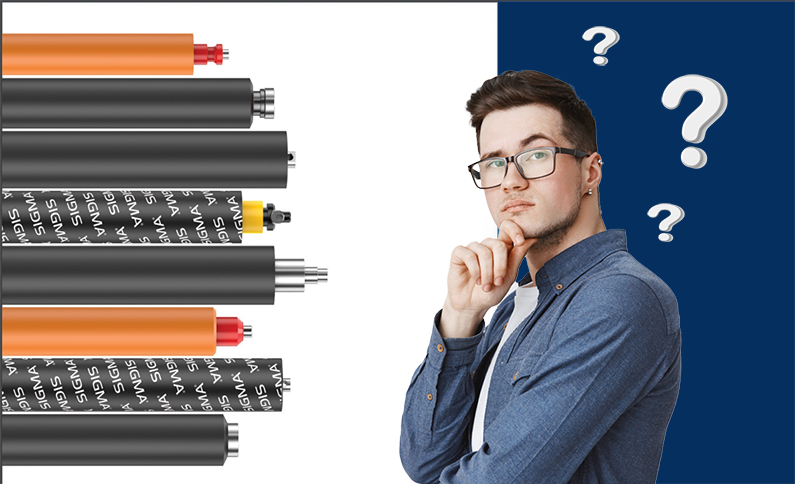

When it comes to achieving high-quality prints, selecting the right rubber roller is crucial. Whether you’re a professional printmaker or a rubber roller manufacturer, understanding the factors that influence roller performance can significantly impact your results. In this article, we’ll delve into the key considerations for choosing the perfect rubber roller for your printing needs.
1. Hardness Matters
Rubber rollers come in various hardness levels, typically measured on the Shore A scale. The hardness affects how the roller interacts with the printing surface and the ink. Here’s what you need to know:
Soft Rollers (Low Shore A):
Hard Rollers (High Shore A):
2. Surface Texture
Consider the surface texture of the rubber roller:
Smooth Rollers:
Textured Rollers:
3. Compatibility with Inks
Different inks require specific rubber rollers:
Oil-Based Inks:
Water-Based Inks:
4. Size and Diameter
Consider the roller’s size and diameter:
Diameter:
Width:
5. Quality of Rubber Compound
Sigma Rollers uses high-quality rubber compounds to ensure consistent performance. Look for rollers made from durable materials that withstand wear and tear.
Conclusion
Selecting the right rubber roller involves balancing hardness, surface texture, ink compatibility, and size. Consider your specific printing needs and experiment to find the perfect roller for your artistic endeavors. Happy printing!
View More News